After a plethora of dismal reports in 2014 about declining populations of Monarchs in the United States, I didn’t have much hope of seeing any while visiting a Shelby Farms Park parking lot in Memphis on a hot August day. I was returning to home to Franklin after speaking at a Wolf River Conservancy (WRC) gathering at the Memphis Botanic Garden. Cathy Justis, director of education at WRC, suggested the visit to the butterfly garden beds in the parking lot – the result of a lot of work by Girl Scout Nathalie Prior and her mom, Minette Prior. Nathalie completed the garden for her Gold Star project in October of 2014 with Cathy’s encouragement and a grant from WRC.
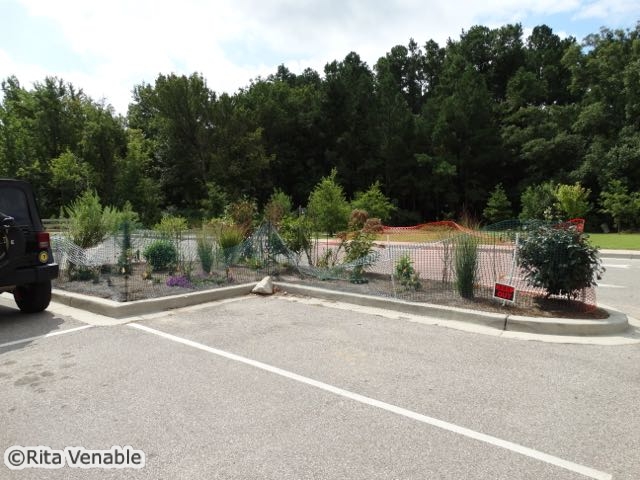
Heretofore, the parking lot beds consisted of mown Bermuda grass. Now, however, the parking lot beds had been transformed into butterfly islands with a mixture of switch grass ‘North Wind’ (Panicum virgatum), New England aster (Symphyotrichum novae-angliae), blazing star (Liatris sp.), swamp milkweed (Asclepias incarnata), and other native plants. A Pipevine Swallowtail nectared on blazing star and verbena (Glandularia canadensis) while bright yellow Cloudless Sulphurs flew in nearby fields of partridge pea (Chamaecrista fasciculata).
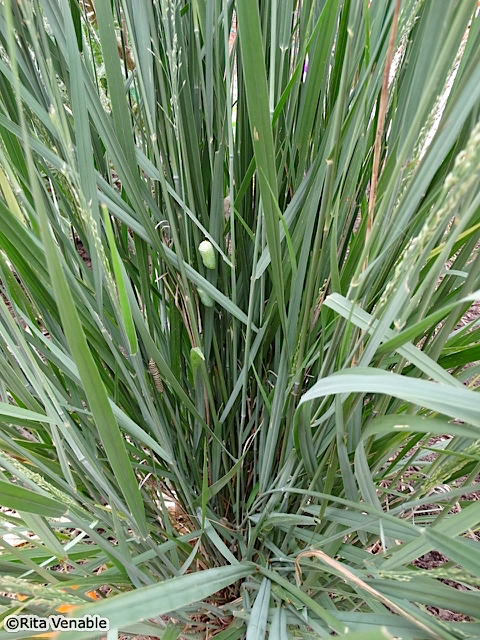
Kristen Lamberson designed the beds and provided the plants from her native plant nursery, Strawberry Plains Audubon Center in Holly Springs, MS. “Fortunately, Nathalie did an outstanding job,” says Cathy. “Before she worked on this, she had no idea that Monarchs were suffering from habitat loss.”
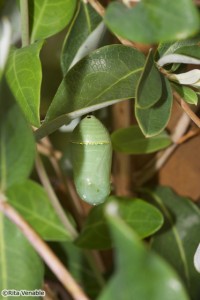
The day of my visit, there were over 137 Monarch caterpillars, 13 inhabited Monarch chrysalises, and 3 spent chrysalis. In addition, there were 20 Gulf Fritillary caterpillars feeding on passion vine (Passiflora incarnata) and two Silver-spotted Skipper adults mating on some New England aster.
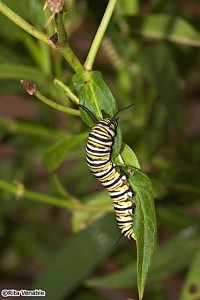
This illustrates what can happen by combining enthusiasm, knowledge, a good native plant nursery, and some elbow grease into butterfly habitat, even an unlikely one.
For more information, contact Cathy Justis at the Wolf River Conservancy at education@wolfriver.org. If you feel the need for a small project, Cathy needs recruits to help in maintenance and other parking lot beds are already in the works.
“Watering and grass intrusion will be the two main challenges going forward; permanent fencing will be going up soon…Visitors often bring their dogs out and let them run off leash, so fences are a necessity,” says Cathy. “We did have a wet year here, fortunately, and that was undoubtedly crucial for getting the plants established. For now, I’m relying on a good thick layer of pine straw mulch and occasional water spraying by the Shelby Farms crew and volunteers willing to haul water from the wetland nearby.”
Here’s a map link to the location. You enter Shelby Farms Park at Gate 19 and follow the road back to the parking lot.
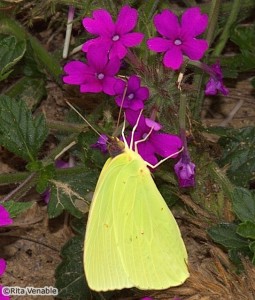
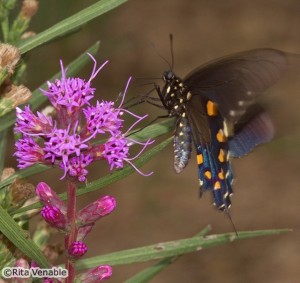
Caveats:
- This parking lot spot is near a large open field near a river; it might not be as effective in a city parking lot.
- Will the parking lot habitat concentrate predators in the next few years?